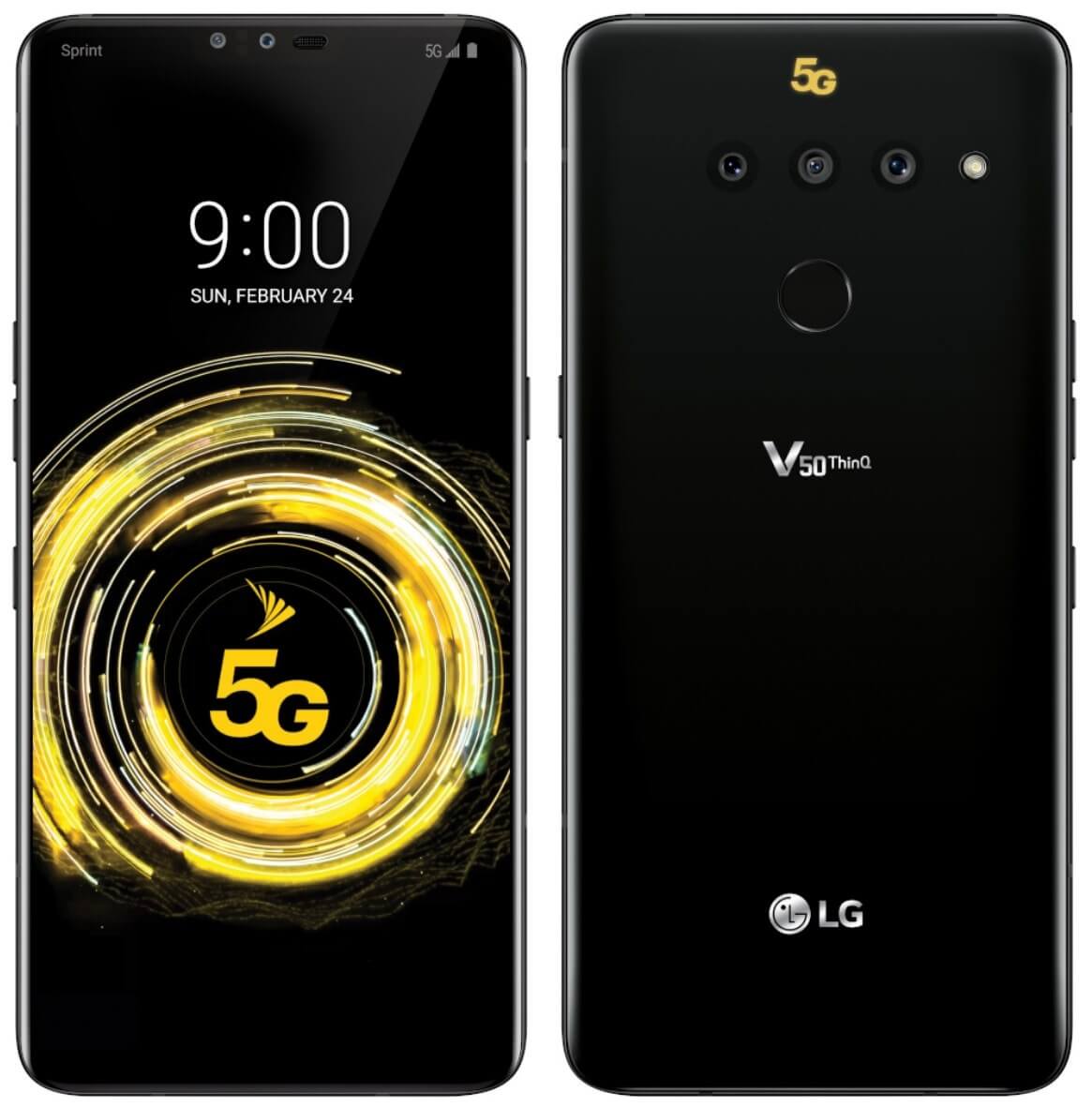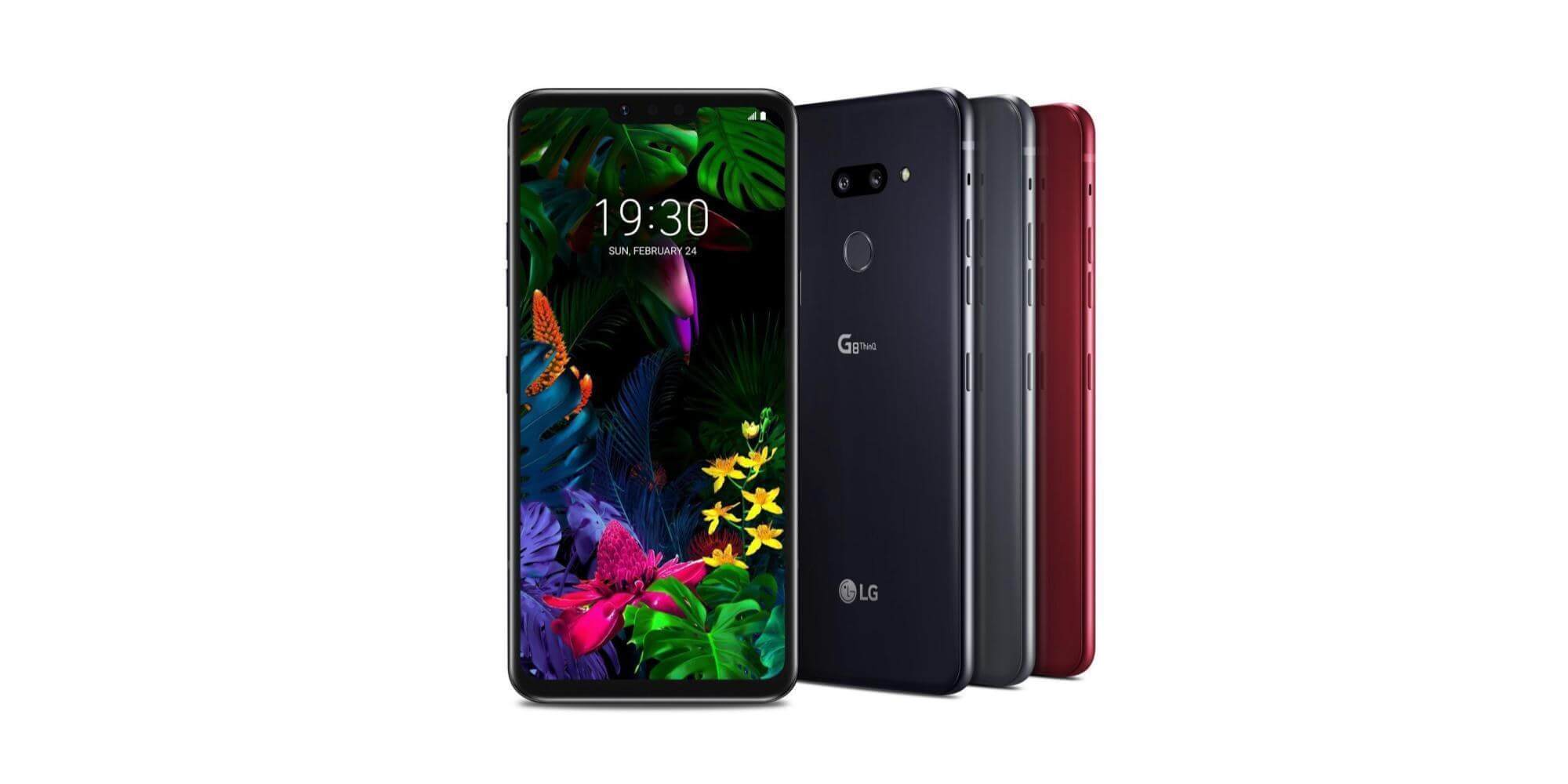Something to look forward to: LG has broken with tradition by revealing both its latest G series and V series ThinQ phones at Mobile World Congress. Between them, the devices offer a slew of compelling features, including an ID system that recognizes users' hands, time-of-flight technology, 5G, and compatibility with a dual-screen accessory.
The first of the two phones, the LG G8 ThinQ, does look similar to its G7 predecessor, but comes with some new features and upgraded hardware. Instead of an LCD, it has a 6.1-inch OLED (3120x1440, 564ppi) panel, a Snapdragon 855 SoC, 6GB of RAM, a 3500mAh battery, and 128GB of storage. There are two rear cameras---16MP wide, f/1.9 and 12MP standard, f/1.5---which are now in a vertical array, along with an 8MP, f/1.7 front-facing snapper. You also get a headphone jack and 32-bit Hi-Fi Quad DAC.
The G8 also retains the notch, but this version contains some interesting hardware. It features LG's "Z-camera," which uses a time-of-flight sensor that can detect motion, gestures, and depth. This allows the phone to create a better 3D scan of your face for unlocking. It also enables Hand ID, which works by firing an infrared signal at your palm and creating a map of your veins based on how the hemoglobin in your blood absorbs the IR signal. If you don't want to use either of those, there's still the fingerprint reader on the rear.
The Z-camera is also used for Air Motion, which allows you to control the phone using hand gestures.
The other big feature is the Crystal Sound OLED speaker. The phone doesn't have a top speaker; instead, it vibrates the entire display to create sound. The lower speaker is still present if you want to go louder.

While it usually waits until the fall to reveal the latest V series, LG also announced the V50 ThinQ at MWC. It has a slightly larger 6.4-inch OLED QHD+ display, a 4000mAh battery, and comes with many of the same specs as the G8, though it lacks the Z-camera and the Crystal Sound OLED. What it does have, however, is 5G support and compatibility with the previously rumored second-screen accessory.
The LG Dual Screen is a folio-style add-on that brings a secondary, 6.2-inch panel to the V50. It takes power from the phone via pins on the back, and data is transmitted using a short-range, high-bandwidth Wi-Fi chipset. Surprisingly, US buyers of the V50 won't get the Dual Screen option. Adddtionally, LG's G8s, which has fewer features and lower specs than the G8, is also skipping the American market.
Pricing and availability for all phones are unknown.
